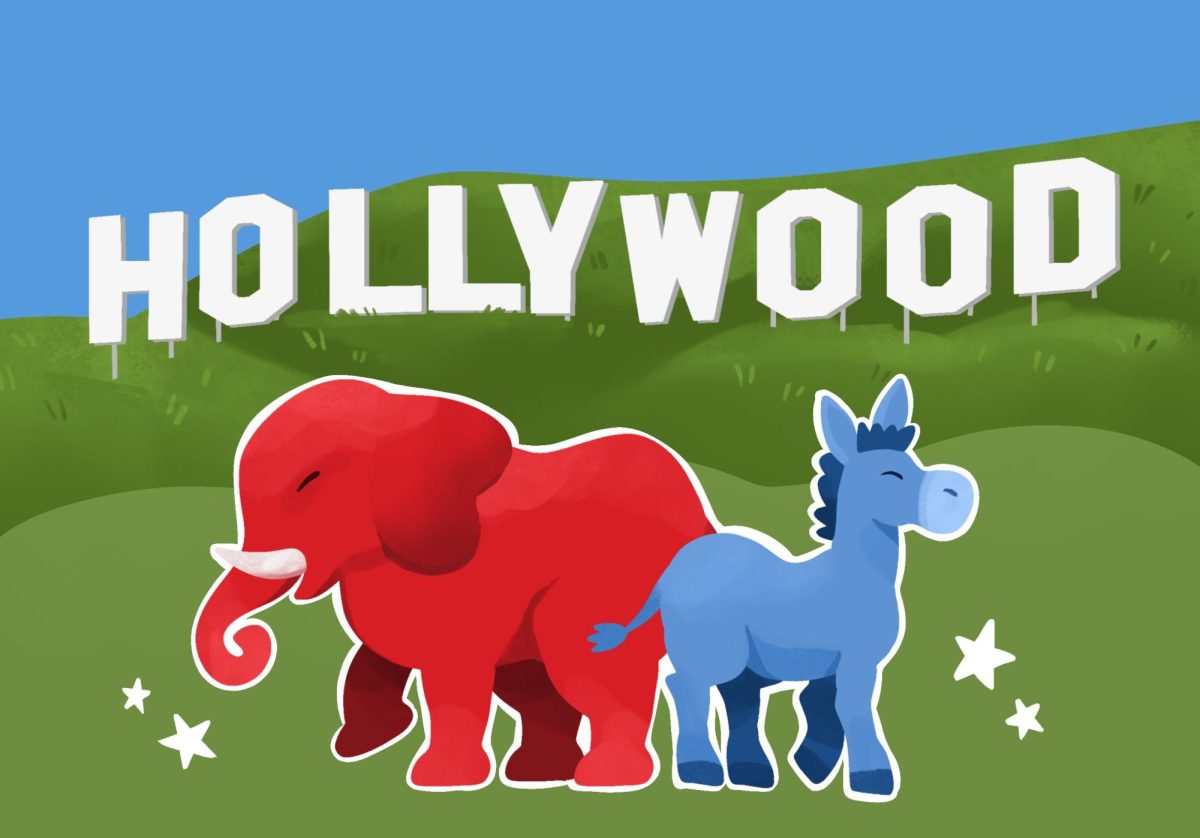Do you think former Vikings quarterback Brett Favre’s family is “needy”?
Apparently, John Davis does. Last year, Davis, the former executive director of the Mississippi Department of Human Services, pleaded guilty to conspiracy and theft.
Temporary Assistance for Needy Families (TANF) is a federal program where states get annual grants to spend on, well, assisting needy families. Allegedly, Davis and four cronies misdirected TANF funds, including to a nonprofit that paid Favre a total of more than $1 million to give two speeches.
Incredibly, he didn’t even show up to give the speeches!
“If you were to pay me,” Favre asked nonprofit founder Nancy New in a text, “is there anyway [sic] the media can find out where it came from and how much?”
New, who has pleaded guilty to bribery and fraud, assured him there wasn’t. Oops. (Favre denies he knew the money came from welfare).
I’m glad the perpetrators are facing legal consequences in this case, which is the largest corruption case Mississippi has seen in decades.
But, as the saying goes, the real scandal is what’s legal. TANF funds have gone to abstinence-only sex ed and pro-marriage ads. Ten states use TANF money to fund so-called “crisis pregnancy centers,” which essentially attempt to trick people in crisis out of getting abortions by posing as legitimate medical facilities.
A 2018 article in the American Medical Association Journal of Ethics described these centers as “legal but unethical.”
Minnesota funds crisis pregnancy centers through a non-TANF state program designed to discourage abortion. Gov. Tim Walz has said he’s ready to end this program.
States are largely free to spend TANF dollars how they want, so long as it fulfills four purposes. These broad goals include things like assisting families, reducing dependency on government by encouraging job preparation, work and marriage, reducing out-of-wedlock pregnancies and promoting two-parent families.
While many of these goals are laudable, not all of them are always helpful. Take the promotion of two-parent families, for example.
“I would argue that it varies on a family-by-family basis what’s best for that individual parent and that individual child,” said Ashley Burnside, senior policy analyst at the Center for Law and Social Policy, a progressive think tank. “There are quite a few people who apply for TANF who are in domestic violence circumstances. And, of course, nobody would argue that parent should be getting married to the person that they are potentially fleeing from.”
According to Burnside, the four goals focusing on family structure threaten the autonomy of poor families.
“I don’t think it’s the business of the government or the administering agency to necessarily tell the family what they should or should not be doing when it comes to marriage or pregnancy,” Burnside said.
Instead, Burnside argued, TANF caseworkers should try to determine what families need on a case-by-case basis.
Suzanne Shatila is the director of the social work masters’ program at the University of Minnesota and she used to work for Tennessee’s TANF program. She argued TANF’s current set of goals is paternalistic.
“It really shifts the focus from providing assistance to those who are the most vulnerable to pushing a specific set of values,” she said.
Shatila said the most important value for a program like TANF should be making sure kids have their basic needs met, such as food, shelter and medicine. Like Burnside, Shatila pointed out that sometimes a two-parent home isn’t the best choice for a particular child.
Another criticism of current TANF funding is states spend too little on direct cash assistance. In fiscal year 2020, 22% of TANF funds went to cash assistance. Minnesota spends 24%. Fifteen states spend less than 10% of their funds on cash assistance.
Burnside argued TANF should add the eradication of child poverty as a goal.
“To eradicate child poverty, the most effective way to do that is providing cash directly to families,” she said.
According to a 2021 study, states with a higher percentage of Black residents are less likely to allocate TANF money towards cash. A 2019 study found that, from 2001–2015, declines in cash welfare (beyond just TANF) were associated with increases in homelessness among public schoolchildren and food insecurity.
There is an emerging body of research on the effects of cash assistance. Cash isn’t a panacea, but it can be helpful in many circumstances.
Burnside pointed to a statistic called the “TANF-to-poverty ratio.” This number measures the percentage of families with kids in poverty who are receiving TANF benefits. This varies widely: in California and Vermont, it’s 71%, but in Texas and Mississippi, it’s only 4%.
Joshua McCabe is a sociologist and director of social policy at the Niskanen Center, a centrist think tank. He said in the 1990s, the U.S. welfare state shifted from focusing on the unemployed to the working poor, rather than the absolute worst-off.
While he praised the Earned Income Tax Credit (EITC), which targets the working poor, he said, “We sort of overshot.”
McCabe said some states, like Massachusetts, could stand to spend less on the EITC and more on TANF.
Another issue experts pointed out is the size of these block grants hasn’t been adjusted for inflation or changed over the years. Burnside said the block grants have lost 45% of their value since 1996.
McCabe said inter-state politics have contributed to this freezing. In comparison to the current system, a more equitable distribution of TANF funds would hurt rich blue states and help poor red states.
If blue state reps voted to change TANF distribution, McCabe said, “Governor is gonna be mad. State interests are gonna be mad at them.”
While the juicy details of the Mississippi scandal are very interesting, TANF has bigger problems than Brett Favre.






















